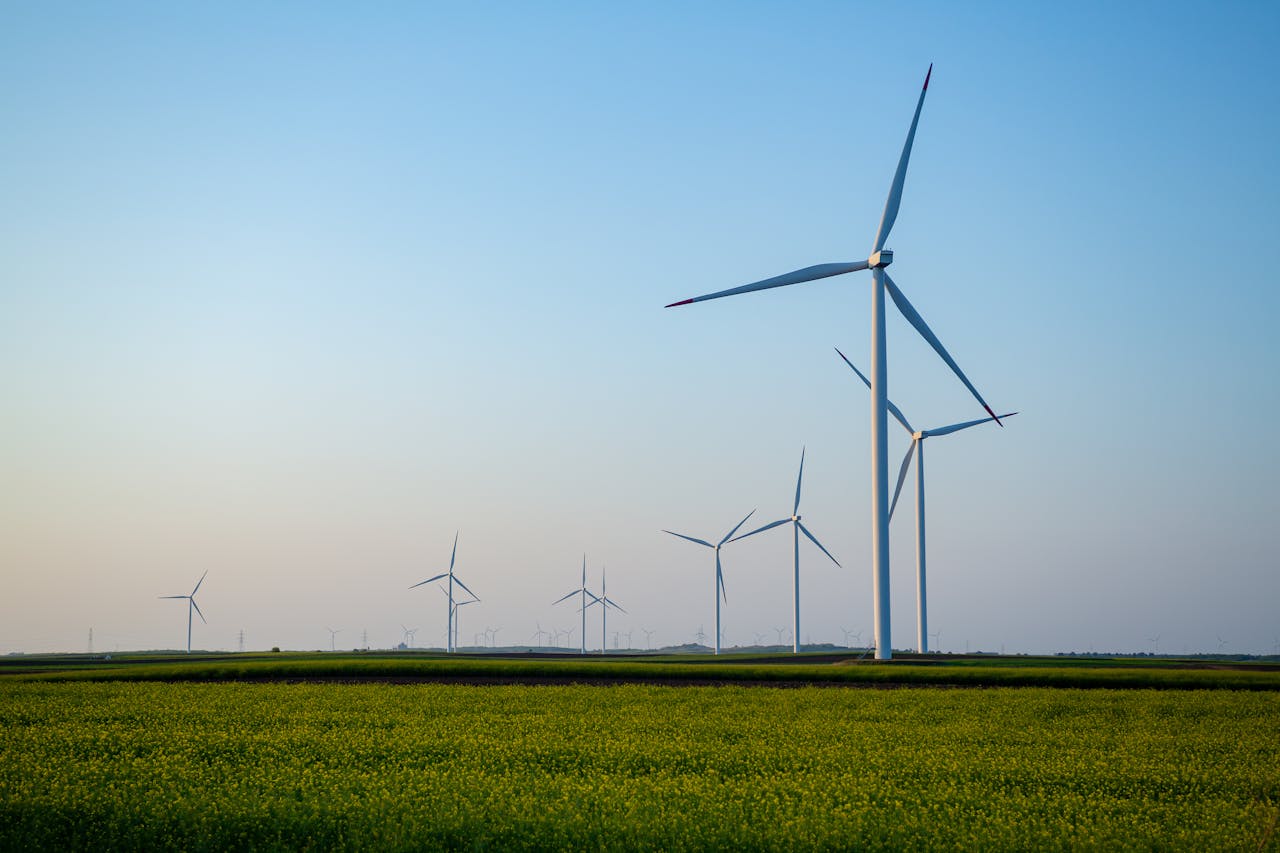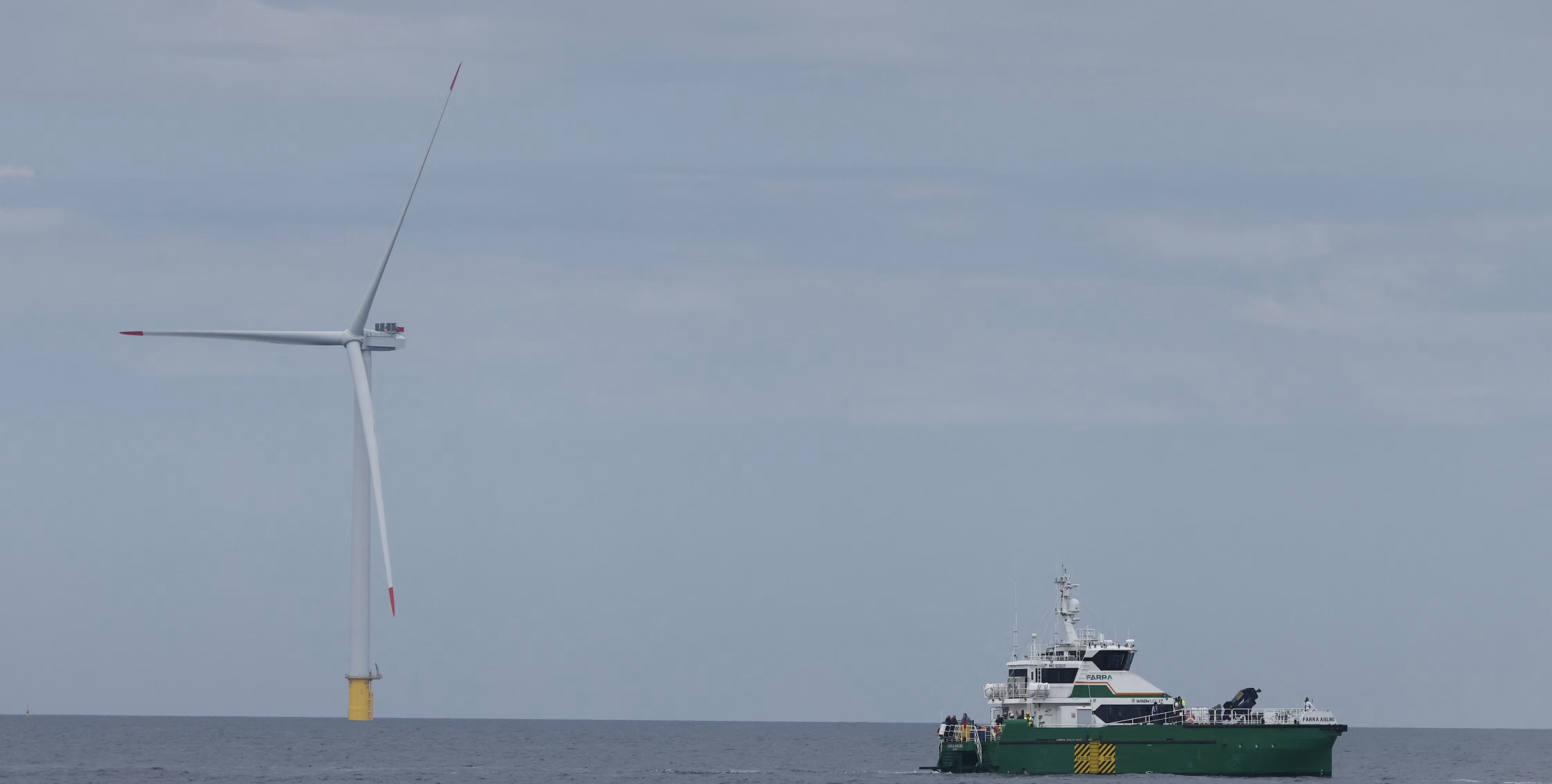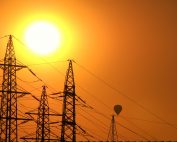The European Sea Ports Organisation (ESPO) has launched its Environmental Report 2024 during the GreenPort Congress in Le Havre, hosted by HAROPA PORT. The report is part of the EcoPorts initiative, which promotes environmental sustainability across European ports. This year’s edition features data from 83 ports across 21 countries, offering valuable insights into environmental management in the maritime sector.
Climate Change and Energy Efficiency Take Center Stage
For the third consecutive year, climate change has been identified as the leading environmental concern for European ports. According to the report, 64% of ports are now facing climate-related operational challenges, a significant increase from 47% last year. This highlights the growing urgency for ports to adapt to changing climate conditions.
In response, 73% of ports are working to bolster the resilience of their existing infrastructure, and 86% have already started incorporating climate adaptation measures into new projects. This shift underscores the importance of ensuring that port infrastructure remains robust against the increasing threats posed by extreme weather and rising sea levels.
Apart from climate change, energy efficiency has moved up to the second spot in the list of Top 10 environmental priorities, displacing air quality from the 2023 report. This reflects the sector’s recognition of the need to reduce energy consumption and decarbonize operations. Air quality, which had been a second-ranked priority last year, is now in the third position, maintaining its importance in efforts to reduce harmful emissions in and around port areas.
Data-Driven Insights for Policy and Action
The Top 10 environmental priorities in the report serve as a key barometer for both policymakers and port authorities, guiding environmental policy decisions. In addition to climate change, energy efficiency, and air quality, water-related port development continues to rank within the top 10 for the second consecutive year, reflecting its ongoing significance in sustainable port operations.
The report is based on data collected through the EcoPorts Self-Diagnosis Method (SDM), which enables ports to submit extensive environmental data. These findings not only shape the report but also provide ESPO and EU policymakers with the information needed to take targeted action.
Isabelle Ryckbost, ESPO’s Secretary General, highlighted the importance of this data-driven approach:
“The Top 10 is a good barometer of what is at stake. Climate remains the most important priority, but ports do not seem to lose sight of other environmental concerns. This report is also a useful tool for all incoming EU decision-makers.”
Rising Commitment to Sustainability
The 2024 report also highlights the progress being made across several key environmental indicators, reflecting a deep commitment to sustainability. A growing number of ports are obtaining certification under the Port Environmental Review System (PERS), which is the only environmental management standard specifically designed for ports. This shows that more ports are committed to enhancing their environmental management capabilities.
The Environmental Management Index (EMI), a metric that aggregates various environmental management indicators, reached its highest value ever in 2024, standing at 8.61. This is a positive indication of European ports’ collective progress towards environmental governance.
Other significant findings include:
- 98% of ports now have an Environmental Policy in place, an inventory of relevant environmental legislation, and clear objectives for environmental improvements, marking a new record for the sector.
- Almost all ports maintain inventories of Significant Environmental Aspects (SEA) and have set up active environmental monitoring programs. These cover a wide range of issues, including energy efficiency, port waste, and water quality, underscoring a proactive approach to managing their environmental footprint.
Challenges Ahead: Decline in Environmental Training
While the report reveals positive trends in many areas, there are also challenges. One area of concern is the decline in environmental training programs for port employees, which has seen a drop over the last two years. However, despite this downward trend, 2024 marks the highest figure for environmental training since 2017, indicating some progress in this area.
Anaëlle Boudry, ESPO Senior Policy Advisor and Coordinator for EcoPorts, noted the ongoing need to equip ports with the tools to drive decarbonization:
“The EcoPorts Network is going strong, and the 2024 ESPO Environmental Report confirms that European ports remain deeply committed to environmental monitoring and management. It highlights both the strengths to build on and the challenges ahead. Our mission is to ensure EcoPorts equips ports with the tools to drive Europe’s decarbonization and foster a greener future from the bottom up.”
Looking Forward: Financing and Green Practices
ESPO’s 2024 report is not just a snapshot of current environmental challenges but also a call to action for future improvements. The findings will play a crucial role in shaping EU environmental policies and guiding investments in port infrastructure. As the report emphasizes, European ports will need to continue their focus on climate adaptation, energy efficiency, and other critical areas to achieve long-term sustainability goals.
“The 2024 Environmental Report is a particularly positive one. We see progress on many different indicators. This does not mean the work is done, but it must be seen as an encouragement,” added Ryckbost.
With European ports playing a key role in the region’s decarbonization efforts, the ESPO report serves as both a benchmark for achievements and a roadmap for future action. The proactive steps outlined in the report, from climate adaptation measures to increased certification under environmental standards, highlight the sector’s readiness to embrace greener, more sustainable practices.
Source: ESPO













